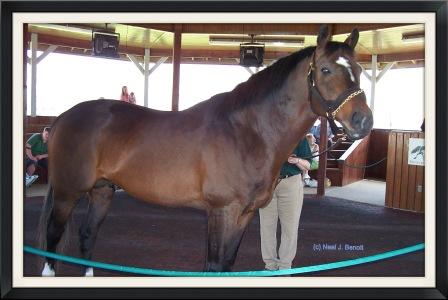Oct 10
2014

Champion CIGAR, retired in Kentucky
In a prior article we explained the various Age restrictions that occur in every thoroughbred horse race. They include 2-year old only, 3-year old only, 3 years old and upward, and 4 years old and upward. We also provided examples on how this information is presented in the Daily Racing Form. Click here to review that article.
In this article we are going to consider a strategy you can employ when factoring Age into your handicapping process. It might seem like common sense, but Age is one of those little details that sometimes gets lost in the handicapping process. For example, there have been many times when looking back at a race, I’ve noticed “Hey, the winner was the only 4-year old in the race.”
Read More >>
May 28
2013
In a prior post we introduced the topic of Age. In that post we explained how all races are restricted by age. Some are limited to 2-year olds or 3-year olds only, while others are restricted to a range of ages. For example, 3-years old and upward, or 4-years old and upward. We provided an example of how these restrictions are written up in the race conditions at the top of each race, and where the current age of each horse is included in their Past Performances (PPs).
In this post we will be providing examples of how age information is presented in the PPs for races run previously in a horse’s career. And, we’ll explain why restrictions are placed on horses by age. Read More >>
May 14
2013

A Foal in Lexington, Ky.
Regardless of their actual birth date, all race horses turn 1-year old on January 1 of the year following their birth. Prior to that they are referred to as a Foal, or a Weanling (a horse that has been weaned from its mother). The horse’s mother is called a Dam, and their father is a Sire.
After they turn 1-year old, they are referred to as a Yearling for the next year. Then they become a 2-year old (aka Juveniles), a 3-year old, etc. on each subsequent January 1.
There are additional names added to a race horse based on Age and Sex. Female horses less than 5 years old are called “Fillies.” Females 5 years and older are called “Mares.” Male horses less than 5 years old are called “Colts.” Males five and older are simply referred to as a “Horse.”
Two exceptions to the male names occur. The first is when a horse has been castrated. Regardless of their age, they are then referred to as a “Gelding.” The other exception is a male with an undescended testicle, who is referred to as a “Ridgling.” Let’s return to Age specific matters.
Read More >>


